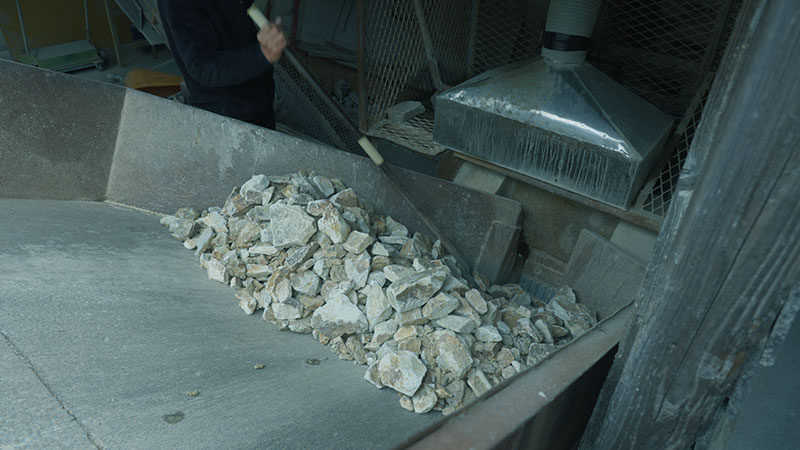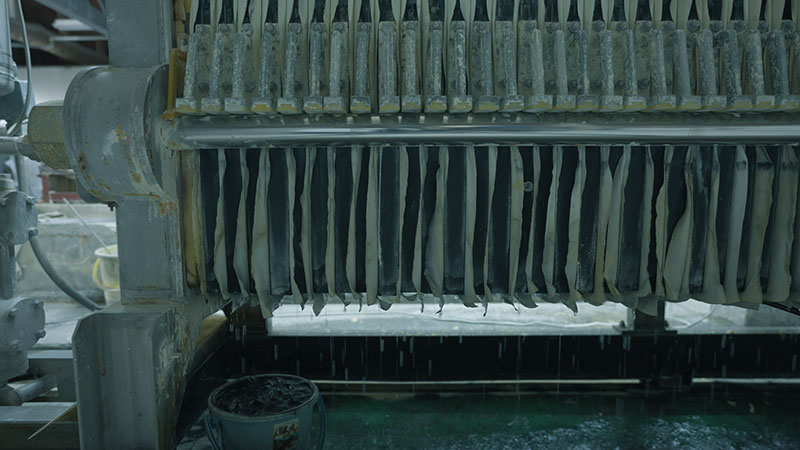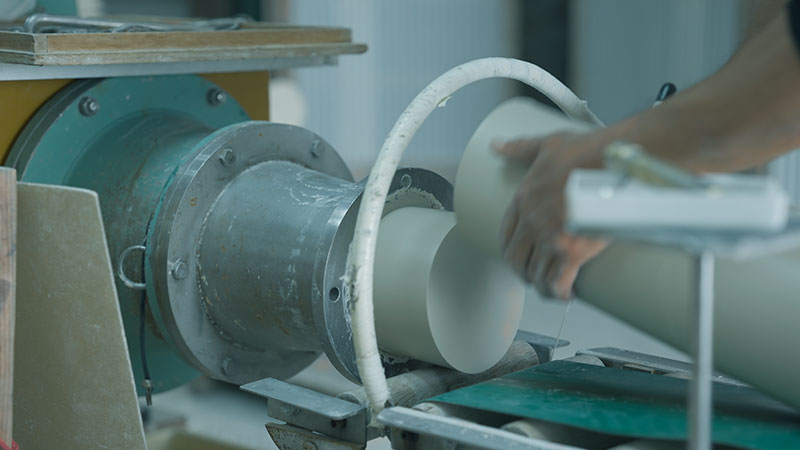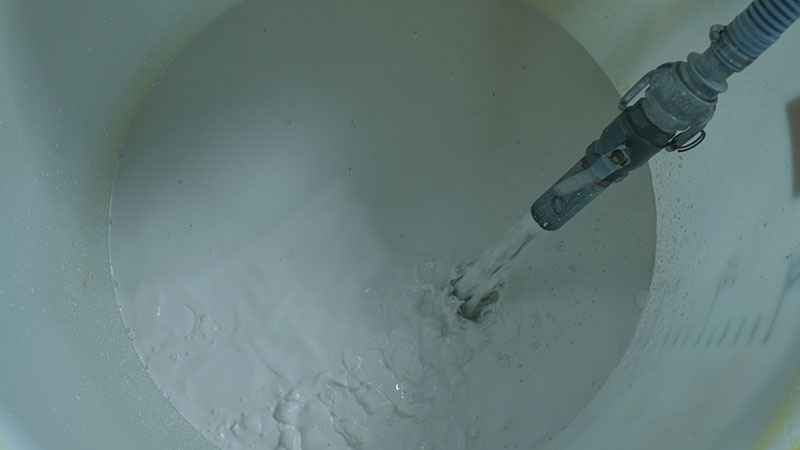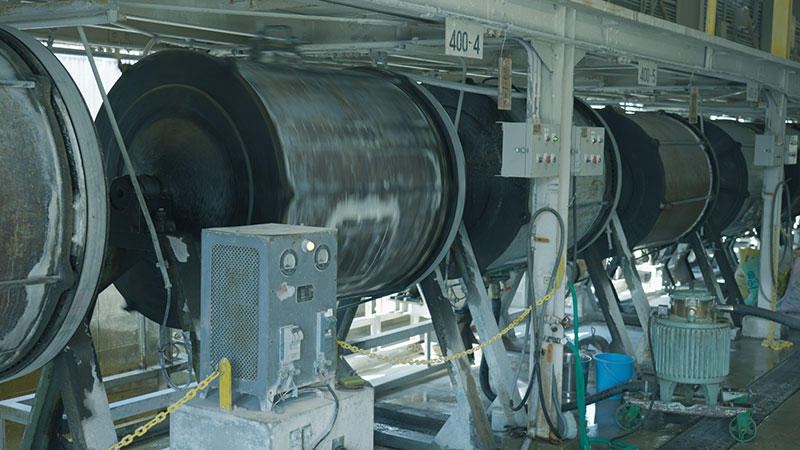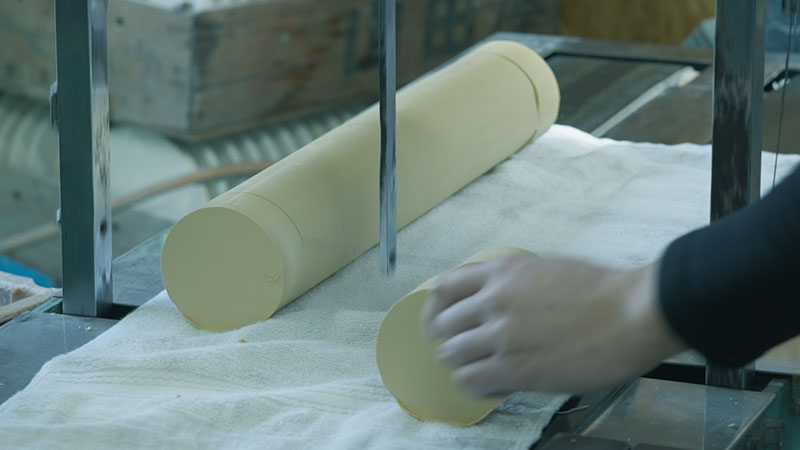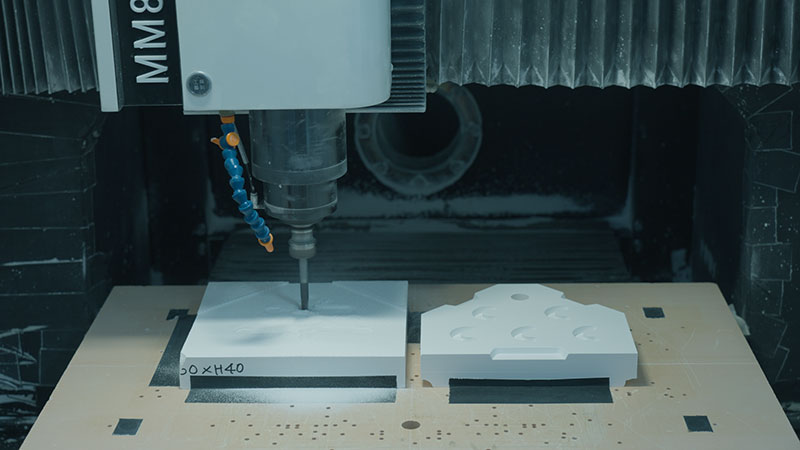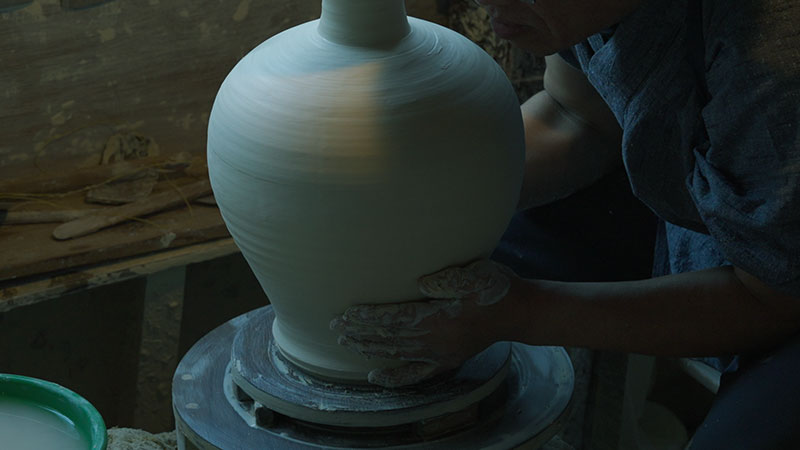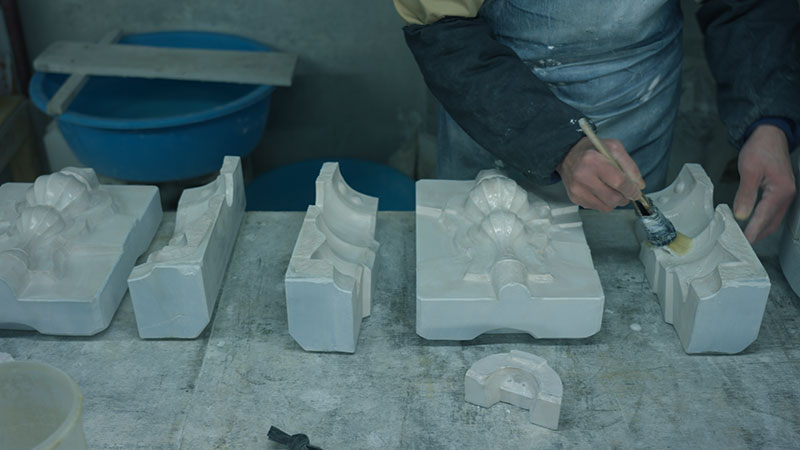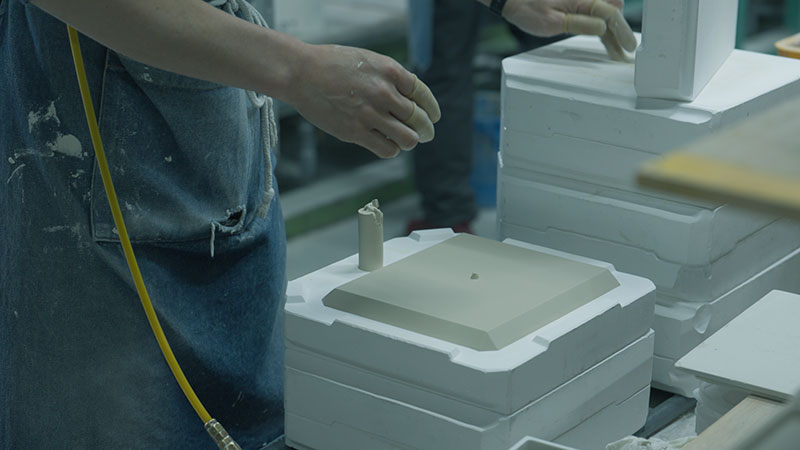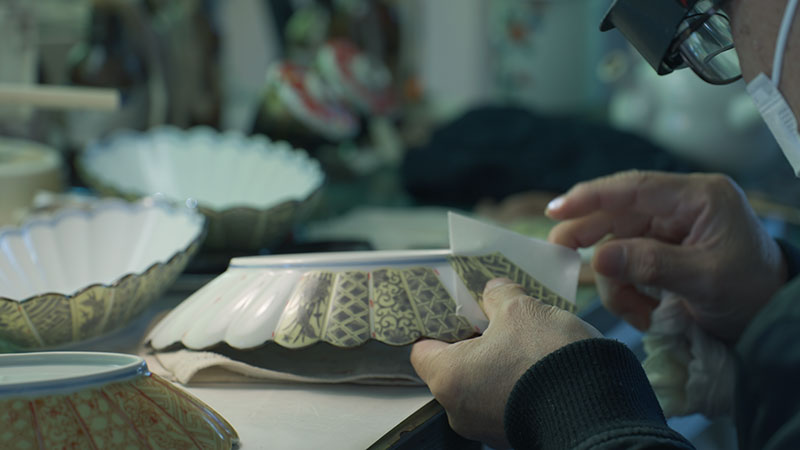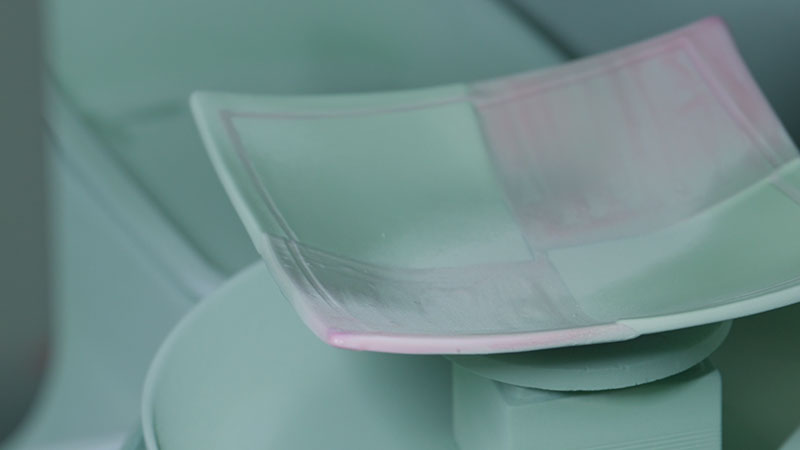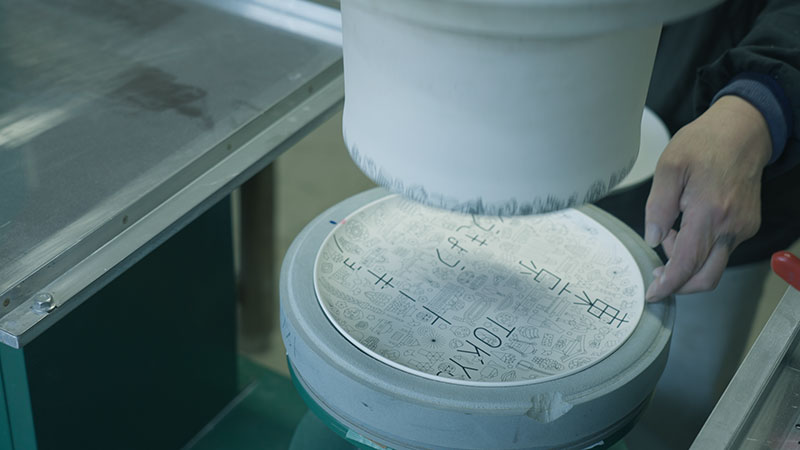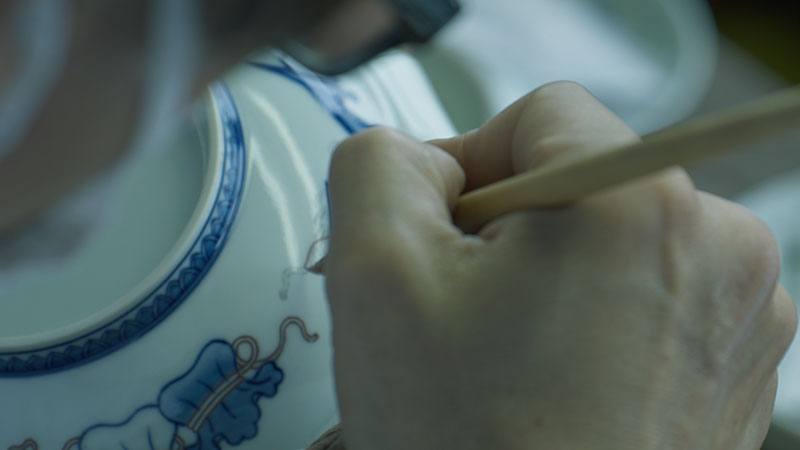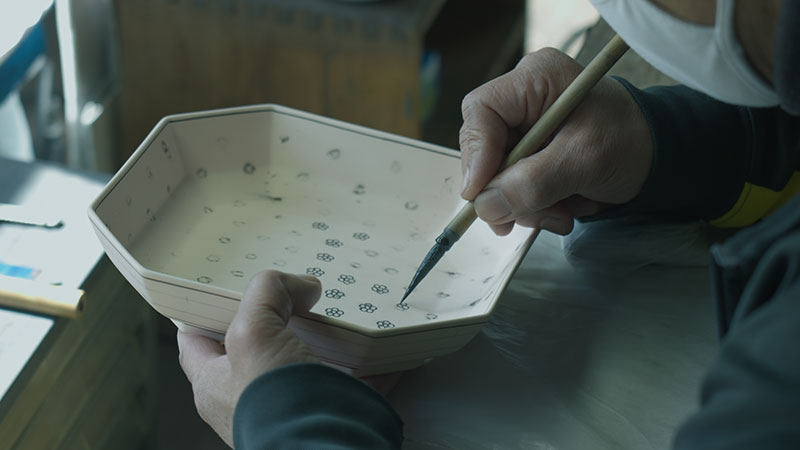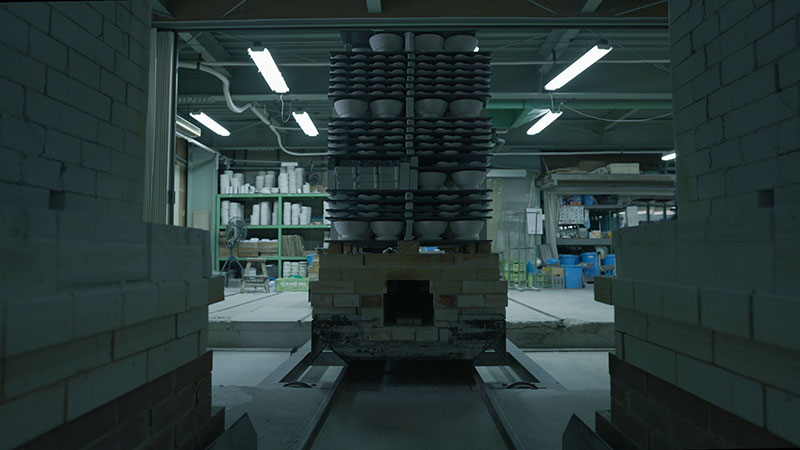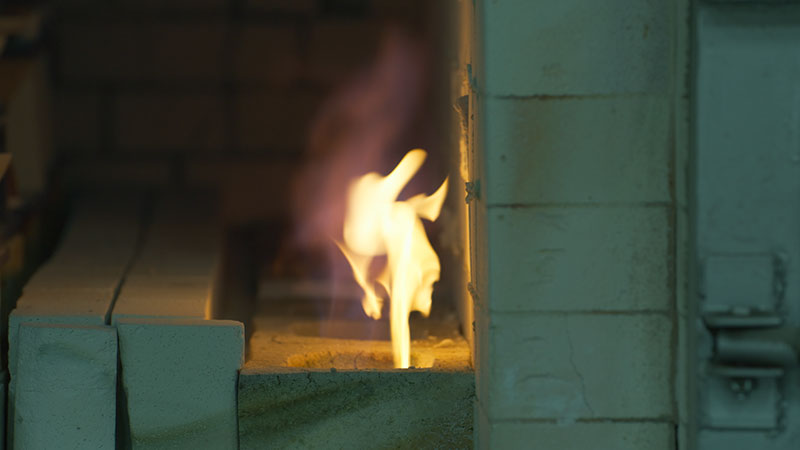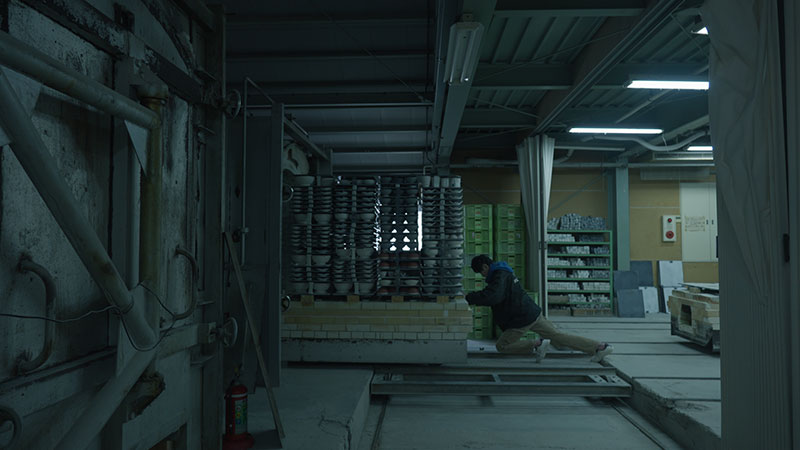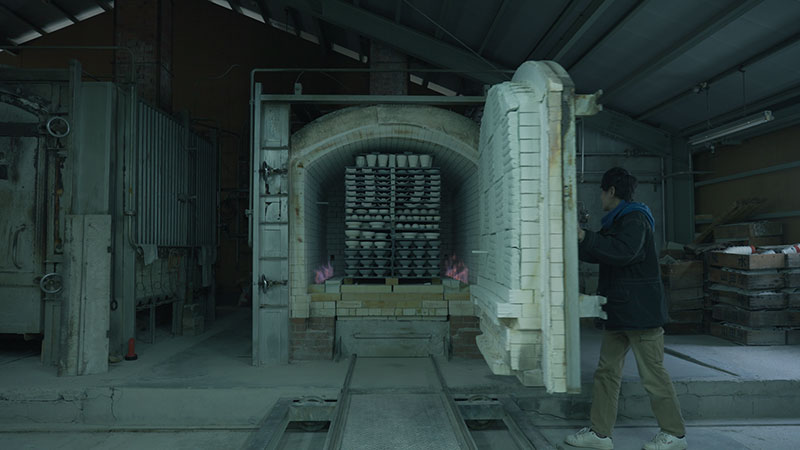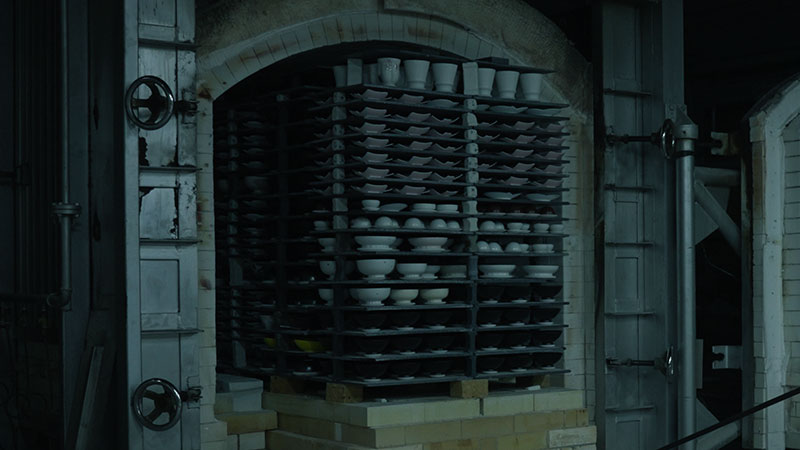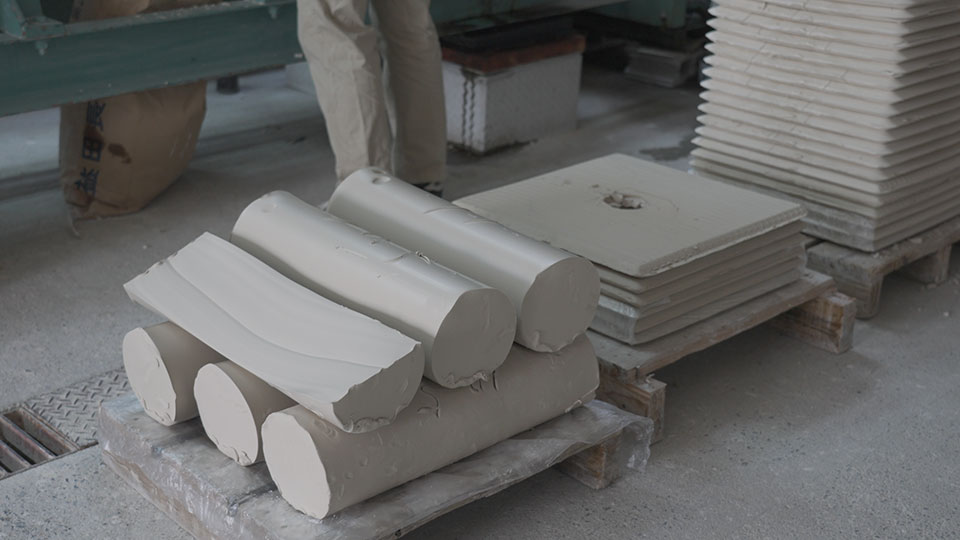About Arita
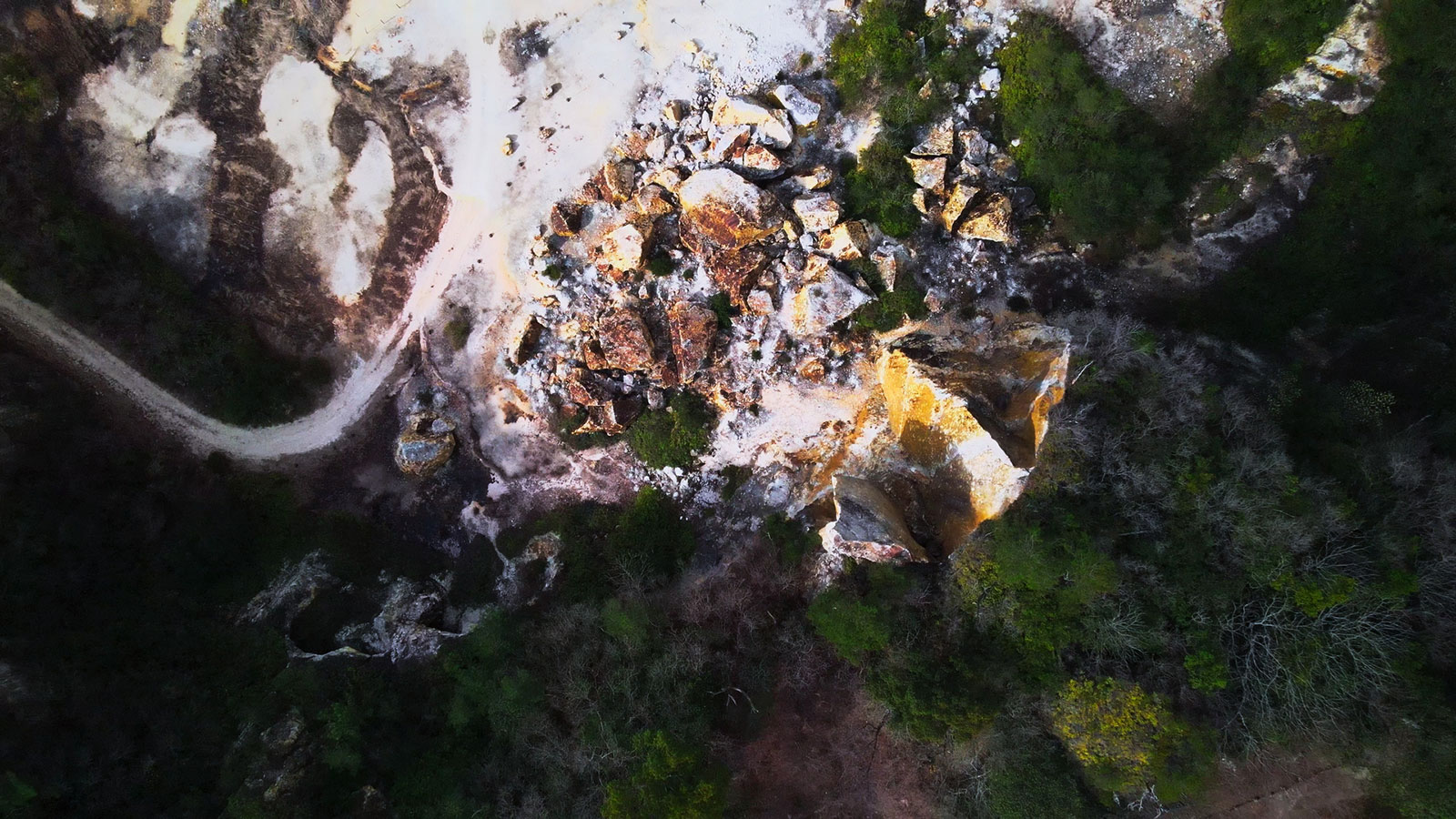
History of Arita
The history of Arita ware begins with pottery production in the 1600s. In 1616, Japanese porcelain was developed by Korean potter Kanagae Sanbee (commonly known as Ri Sanpei) who had moved to Arita. The discovery of high-quality and abundant Izumiyama porcelain stone around 1630 established a full-fledged industrial porcelain production system, laying the foundation for the continuous ceramic industry that persists to this day.
In the latter half of the 17th century, Arita ware was not only popular domestically but also transported worldwide through the Dutch East India Company, establishing its position as a central hub in global porcelain production. The Kakiemon style, characterized by delicate paintings on a milky white base known as nigoshide, and the Ko-Imari style, renowned for its luxurious use of gold, were highly praised and referred to as “white gold.” These works were celebrated among European royalty and nobility, adorning many palaces with their vibrant beauty.
Additionally, in the late 1640s, the Odouguyama system (kilns under the domain’s control) was established in Iwayagouchi, Arita. Starting in 1651, annual tributes were made to the shogunate family. Based on these techniques, Gotenyama was later moved to Okawachiyama in Imari, where skilled potters from various eras in Arita gathered, leading to the production of the elegant Nabeshima style.
In Arita, while basing themselves on these traditional techniques and product styles, they have always been flexible in incorporating the demands of each era, continuously creating new Arita porcelain to this day.
